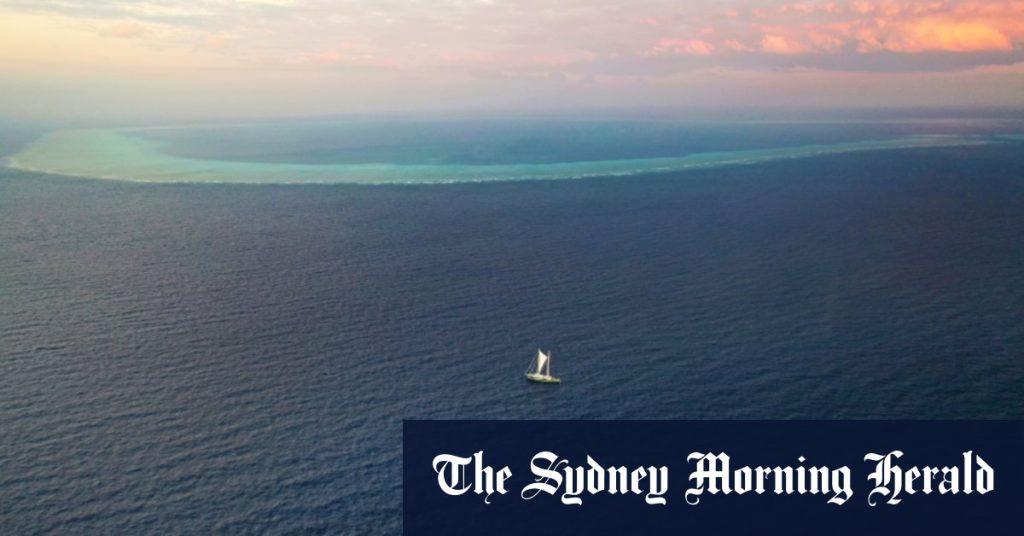Summarize this content to 2000 words in 6 paragraphs With Chinese and Japanese investment and most of the gas slated for export, Browse aligns with the Future Gas Strategy King launched in May, which aims to make Australia a reliable energy supplier.However, it is the approval of federal Environment Minister Tanya Plibersek and her WA counterpart that Woodside needs for the project to go ahead.The state and federal environment ministers will separately weigh the environmental advice they receive with social and economic considerations.Plibersek, representing the environmentally aware electorate of Sydney, is subject to heavy campaigning to reject both Browse and extending the life of Woodside’s North West Shelf plant to process its gas.Greenpeace, which has collected more than 440,000 online signatures against Browse, welcomed the EPA’s stance. Its chief executive, David Ritter, said drilling for gas near a coral reef was irredeemably dangerous.There are concerns that noise from gas production could change the behaviour of the pygmy blue whales.Credit: Greenpeace“Woodside’s Browse project is Australia’s biggest climate threat and will come to define Labor’s legacy on environmental protection,” he said.A Woodside spokesman said Browse gas could help address a predicted gas shortage in WA and support energy security in Asia.“Browse is aligned with the federal government’s Future Gas Strategy that acknowledges the pivotal role of natural gas in Australia to 2050 and beyond,” he said.A 15 million-year survivorAt Scott Reef, which is next to proposed well sites for the massive project, coral growth over 15 million years has kept pace with rising sea levels and subsiding seabeds.Reef ecologist Dr Ben Fitzpatrick said the result was a 700-metre tower of dead coral and marine life that helped drive deep, nutrient-rich cold water to the surface, supporting a proliferation of marine life in an otherwise featureless area.Fitzpatrick, an adjunct research fellow of the University of WA Oceans Institute, said the reef’s survival was already threatened by climate change bleaching corals and increasing the rate of sea-level rise. Further subsidence, if vast quantities of gas were extracted from under the seabed, would add to the danger.LoadingParticularly vulnerable is Sandy Islet, the only part of Scott Reef always above water, where more than 2000 green turtle hatchlings have been observed emerging in a single night. Fitzpatrick said even a small amount of subsidence could increase sand erosion and cause the islet, which also provides a rest stop for migratory birds, to disappear.Fitzpatrick said Scott Reef was probably an important resting and feeding area for migrating pygmy blue whales, manta rays and whale sharks. There are concerns that noise from gas production could change the behaviour of the pygmy blue whales.Woodside acknowledged these issues in a public submission to the EPA in late 2023 but argued it could manage them to achieve an acceptably low risk to the environment.Sandy Islet, part of Scott Reef, is a nesting area for green sea turtles.Credit: GreenpeaceSimilarly, Woodside’s modelling showed an oil spill could damage the reef but such an event was “considered highly unlikely”.Fitzpatrick said Scott Reef was less affected by climate change than most coral reefs and it would be an injustice to see it damaged.“It’s one of those places that really should actually get protection,” he said.A long approval road aheadThe EPA’s concerns about Browse are substantial, according to the industry source, running to more than 10 pages with many issues described as not meeting the authority’s objectives of protecting the environment and preventing pollution.In the letter, then EPA chair Matthew Tonts invoked the “precautionary principle” numerous times: the EPA’s legislated requirement not to let a lack of full scientific certainty postpone protection against “threats of serious or irreversible damage”.Woodside’s plans for Browse lodged with the EPA attracted more than 20,000 public submissions in early 2020.EPA deputy chair Lee McIntosh said Woodside did not respond to those submissions until November 2023. She said Woodside had requested more time to provide further information, and when that was received, the authority would begin drafting its report, which it expected to publish in 2025.Greenpeace’s Rainbow Warrior visited the Scott Reef in 2023.Credit: Alex Westover / GreenpeaceA spokesperson for Plibersek’s department said she was waiting on more information from Woodside and the WA government.Minutes of a May meeting between Woodside and the department revealed by a freedom of information request showed the federal government has similar interests to the EPA — “the likelihood of oil blow-outs, impacts from subsidence, and impacts to turtles and blue whale foraging”.Conservation Council of WA director Jess Beckerling said Scott Reef was the crown jewel in WA’s marine environment.Loading“Woodside has been given years to bring Browse up to scratch,” she said.“It is incumbent on the WA and federal governments to respect this independent scientific advice and refuse Woodside’s application.” The Business Briefing newsletter delivers major stories, exclusive coverage and expert opinion. Sign up to get it every weekday morning.


